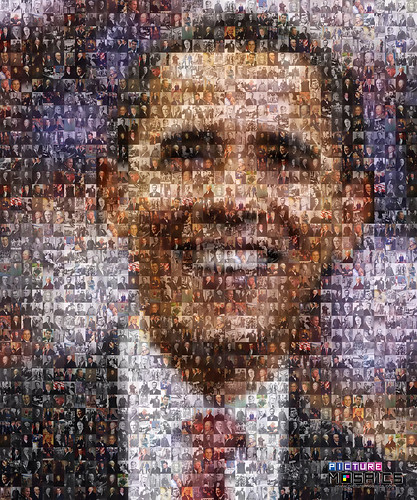 I am speaking to several government clients this week and have been doing a deep dive into the use of social media in government. I have been pleasantly surprised by the growing number of government agencies that are using social media, and using it well.
I am speaking to several government clients this week and have been doing a deep dive into the use of social media in government. I have been pleasantly surprised by the growing number of government agencies that are using social media, and using it well.
One of my favorite blogs I found during the search is the Transportation Safety Administration's Evolution of Security blog. It's funny and engaging, though there are plenty of determined detractors in the comment stream – which often tops 100 per post.
Over the past few months government agencies have been launching social networking profiles with varying degrees of success. For instance, the CDC used its CDCEmergency profile on Twitter to keep people up-to-date on the swine flu (H1N1) as it unfolded earlier this month. The profile quickly gained followers and now has nearly 140,000 followers. As many "emergency" channels are want to do, the profile merely sends out information with no meaningful "conversation" taking place. It's one of teh biggest gripes I have with government social media channels.
Part of the reason for the more recent social media land grab is that the commander in chief has made it a priority.
On May 6, 2009, a Time article about the White House social networking reported that on U.S. President Barack Obama's first full day in office on Jan. 21, he signed an Executive Order calling for all departments and agencies to "establish a system of transparency, public participation and collaboration."
Despite your political leanings, this new administration will be studied in future generations as being the first that made good use of new two-way channels of digital communication.
One example of this is the way in which the administration is soliciting input. The White House announced on its blog that its Office of the Public Liaison would be renamed to the Office of Public Engagement and would be tasked with an "updated" mission.
I assume that this new office will be tasked with more projects like the Citizen's Briefing Book (pdf), which emanated from Change.gov. This website operated during the transition to solicit ideas and allow people to vote on them in a Digg-like format. In the end 125,000 users submitted over 44,000 ideas and cast over 1.4 million votes.